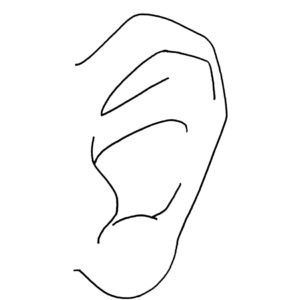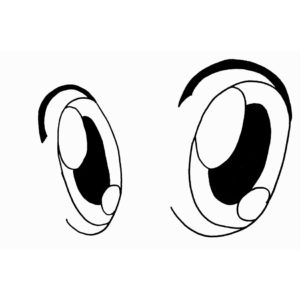The Other Senses
The Other Senses (Touch, Sight, Sound)
Touch
Touch is a sense that is even more involved in the sensory experience of food than most people would even realize. After sight and smell, touch has the largest impact on whether someone enjoys eating a food or not. Touch is typically expressed as texture in your mouth. But of course, it can also be found in the physical sensation on your finger tips and on your lips.
Texture is extremely important to consider for 2 reasons:
1 By varying the texture, you can completely change the character of the dish.
2 Many people have texture aversions, not necessarily taste aversions.
A perfect example of a texture aversion is with mushrooms. Most people love the flavor and smell of sautéed mushrooms, but because of their slimy texture many people avoid them in entirety. The solution to this is simply to finely dice the mushrooms so that the flavor is still there but the texture
has changed into something that more people will find palatable. Texture defines the quality of dishes and helps the person eating the dish decide their emotional response to the dish based solely on the texture. Chicken and dumplings, like most comfort foods, has a very soft and soupy texture from hours of slow cooking. On the other hand, uncooked raw vegetables have a crisp and fi rm texture. Th is crisp texture imparts a feeling of freshness and a pleasing bite that is especially great for snacking.
When cooking, you want to always take texture into consideration when you are creating a dish. This helps influence the emotional state of the person who is eating the food. You want to use texture to tell your diner how to perceive your dish.
Sight
Because humans are extremely visually influenced, a dish can be cast aside simply by looking at the dish. Look at any culinary competition on the television. Th e judges will always comment on the visual appeal and presentation of the dishes that they have been presented before they even take a
bite. It is important to use this knowledge that sight influences a persons eating habits before we begin cooking so that we can cater everything we cook to the preferences of those we are cooking for. Using lots of fresh vegetables in our cooking is not only a great source of nutrition, but is also
wonderful to create visually appealing dishes. One of my favorite dishes is called, Caccio e pepe. This dish is very simple in the fact that it is spaghetti noodles, pecerino romano, and black pepper. It tastes wonderful, but is visually very unappealing. On the other hand, a summer salad with cucumber, grape tomatoes, red onions, kalamata olives, and feta cheese creates a visually striking dish, that once you see a picture of it, you are immediately hungry and want to eat that salad. By using bright and varied color inside of our dishes, it allows us to create appetizing dishes before
they even hit the table.
 Sound
Sound
Sound comes into play in 2 very different, but 2 very important ways.
1 There is, of course, the auditory experience of the actual eating experience. For example, you slurp soup, you crunch chips, and you hear the clinking and clanking of tableware to indicate that people are eating.
2 By using our sense of sound during the actual cooking process, we can begin to attune our senses to perceive the condition of the doneness of food, with out visually seeing the cooking process.
For example, water makes a boiling sound, sautéing makes a crackling popping sound, grilling makes a searing sound. When you hear the water boiling, you know that it’s time to drop the noodles into the water to cook them. When properly sautéing something, you can train your ear to listen to the sizzling sound of the water escaping the food product to know if the food has been sufficiently sautéed and whether it is time to flip it. Th e searing sound of steak on a grill is actually the sound of moisture escaping from the meat. The louder the searing sound is, the faster it is occurring, and
therefore you can tell how hot your grill is. Once you stop hearing sizzling or searing sounds, you know that the moisture has been completely cooked out of your food, which is not always ideal. But by learning the sounds inside of the cooking process, you may observe new information with a far underutilized sense.

